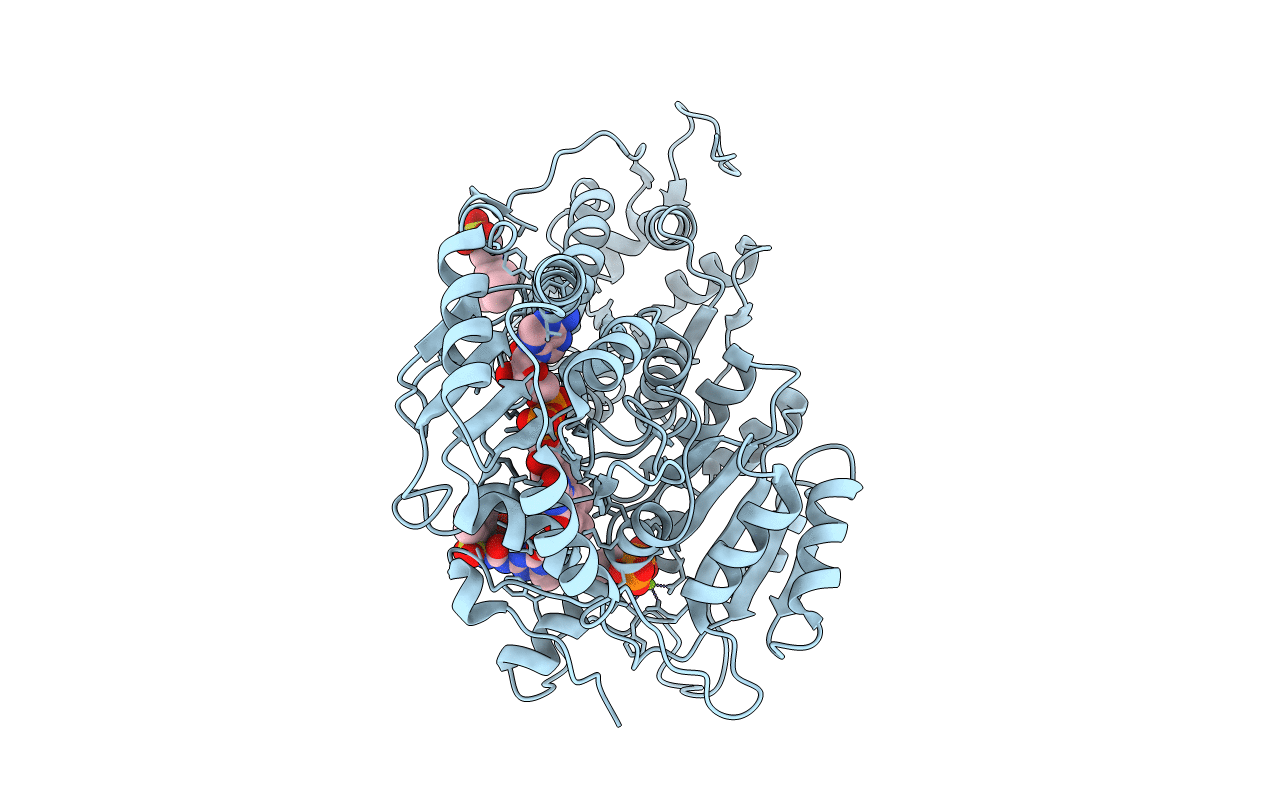
Deposition Date
2005-01-10
Release Date
2006-01-17
Last Version Date
2024-10-30
Entry Detail
PDB ID:
1YHY
Keywords:
Title:
Crystal structure of Arabidopsis thaliana Acetohydroxyacid synthase In Complex With A Sulfonylurea Herbicide, Metsulfuron methyl
Biological Source:
Source Organism:
Arabidopsis thaliana (Taxon ID: 3702)
Host Organism:
Method Details:
Experimental Method:
Resolution:
2.70 Å
R-Value Free:
0.22
R-Value Work:
0.19
R-Value Observed:
0.19
Space Group:
P 64 2 2


